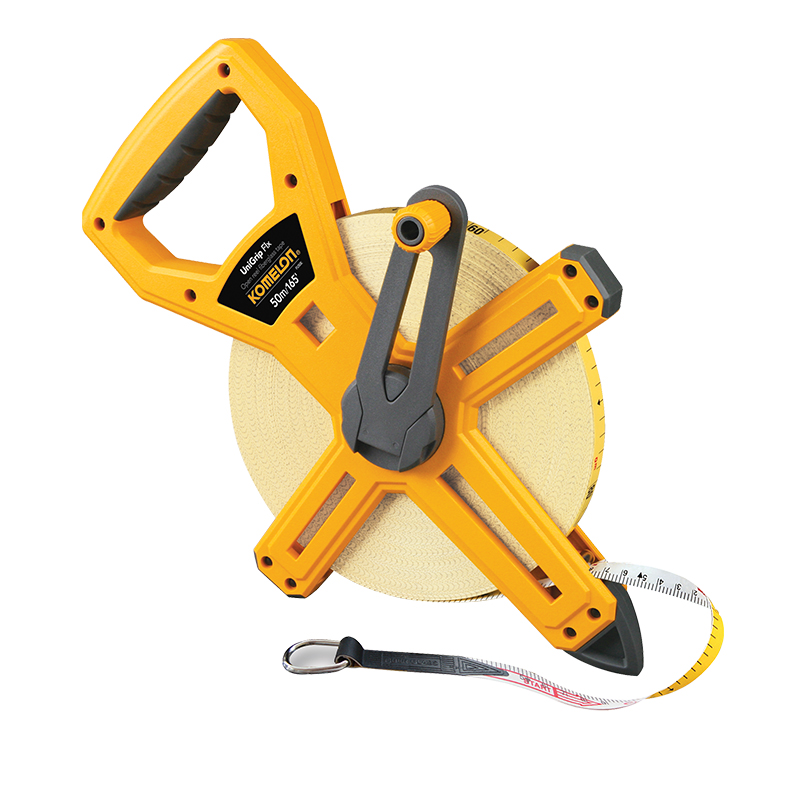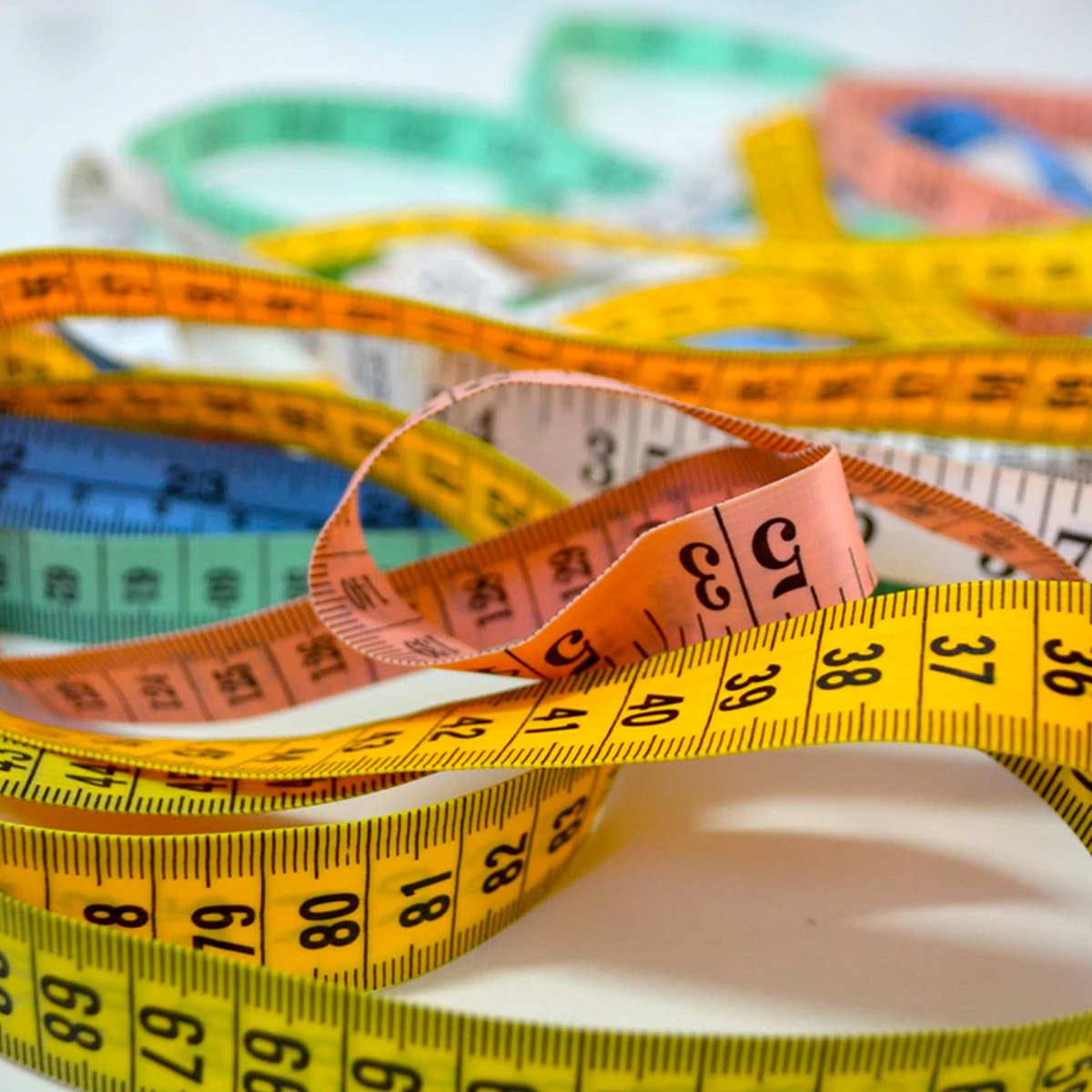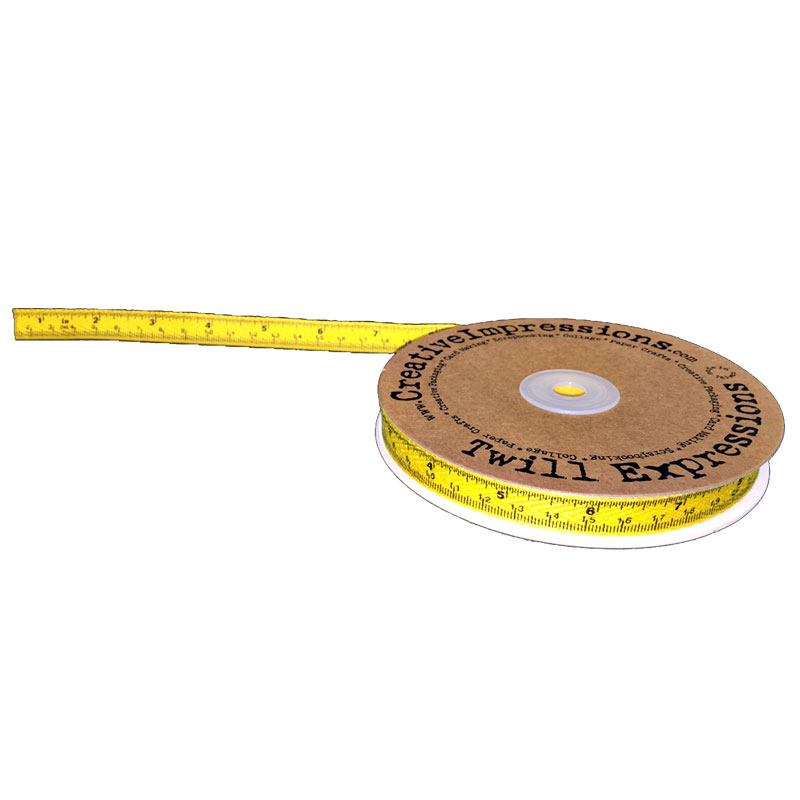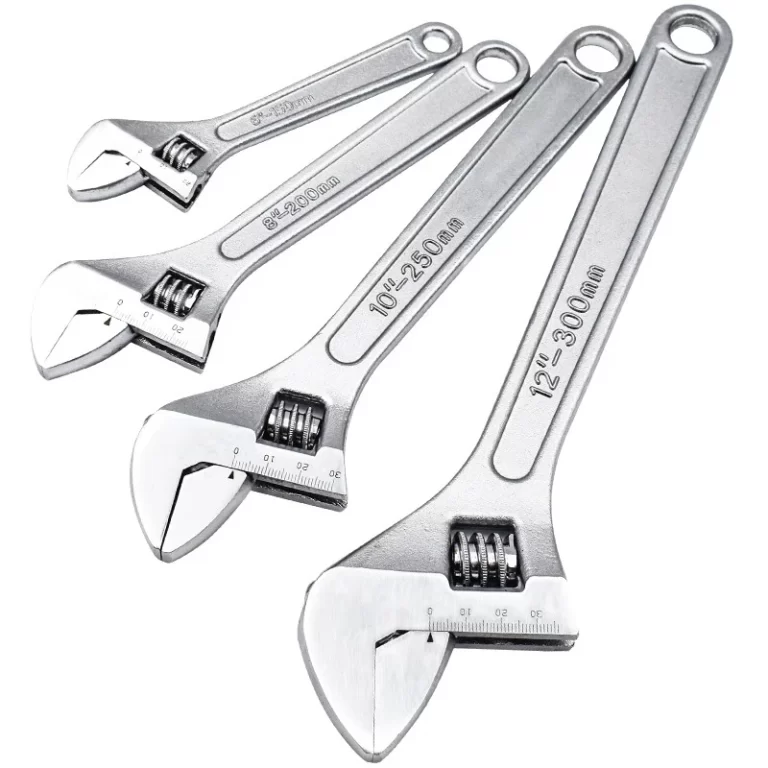
Tape Measure Numbers: A Guide to Accurate Measurements
Accurate measurements are crucial in various fields, from construction and carpentry to sewing and DIY projects. At the heart of achieving precision lies the tape measure, a tool indispensable for professionals and hobbyists alike. This guide delves into the intricacies of tape measure numbers, exploring their significance, types, and how to use them effectively to ensure flawless results in your projects.
 The Importance in Precision Work
The Importance in Precision Work
When it comes to measurements, clarity and accuracy are non-negotiable. Tape measure number play a pivotal role in providing precise readings, making them essential for anyone who values exactness in their work. Whether you’re cutting wood, sewing fabric, or laying out tiles, understanding these number ensures that your efforts translate into perfect outcomes.
How Tape Measure Numbers Enhance Accuracy
Tape measures are designed with a series of number and markings that correspond to specific units of measurement. These numbers are not just for show; they serve as reference points that help users:
- Determine Exact Lengths: By reading the number, you can identify the exact length you need to measure or mark.
- Ensure Consistency: Using tape measure number consistently across projects helps maintain uniformity in your work.
- Minimize Errors: Clear and accurate numbering reduces the likelihood of miscalculations and mistakes.
For instance, when measuring a piece of lumber, the tape measure numbers allow you to mark precise points for cutting, ensuring that each cut is consistent and accurate.
Types: Decoding the Markings
Tape measures come in various types, each featuring different numbering systems tailored to specific applications. Understanding these types helps you choose the right tape measure for your needs and use the tape measure numbers effectively.
Imperial vs. Metric Tape Measures
The two primary types of tape measures are imperial and metric, each featuring distinct numbering systems:
Imperial Tape Measures
Imperial tape measures use inches and feet as their units of measurement. The numbers are typically marked in the following way:
- Whole Inches: Clearly marked with bold numbers for easy reading.
- Fractional Inches: Subdivided into halves, quarters, eighths, and sixteenths, allowing for precise measurements.
Example: A tape measure might display 1″, 1 1/2″, 1 1/4″, etc., enabling granular measurement accuracy.
Metric Tape Measures
Metric tape measures use centimeters (cm) and millimeters (mm). The numbers are straightforward and easy to read, especially for those accustomed to the metric system.
- Centimeters: Clearly numbered for whole measurements.
- Millimeters: Each centimeter is divided into ten smaller units, providing detailed precision.
Example: A tape measure might show 5 cm with smaller marks for each millimeter, allowing for exact measurements down to 1 mm.
Specialized Tape Measure Numbers
Beyond the standard imperial and metric tape measures, there are specialized versions designed for specific trades and tasks:
Stud Finder Tape Measures
These tape measures include additional markings to locate studs behind walls. The tape measure numbers are augmented with indicators that help in finding the wooden studs, making it easier to hang heavy objects securely.
Electrical Tape Measures
Designed for electricians, these tape measures incorporate markings that assist in measuring circuits and wire lengths accurately. The tape measure number are tailored to provide precise measurements needed for electrical installations.
Digital Tape Measures
In the age of technology, digital tape measures have emerged, offering numeric displays that provide measurements instantly. These tape measures still feature tape measure number, but they enhance readability and precision through digital interfaces.
 How to Read Tape Measure Numbers Correctly
How to Read Tape Measure Numbers Correctly
Mastering the art of reading tape measure numbers is essential for achieving accuracy in your measurements. Here’s a step-by-step guide to help you interpret these number correctly:
Step 1: Identify the Unit of Measurement
First, determine whether your tape measure uses imperial or metric units. This information is usually found on the tape itself or in the product description.
Step 2: Locate the Whole Number
Find the largest whole number on the tape measure. For imperial tapes, this will be in inches or feet, while for metric tapes, it will be in centimeters.
Step 3: Understand the Subdivisions
Next, look at the smaller markings between the whole number. These subdivisions indicate fractions of an inch or millimeters, depending on your tape measure type.
- For Imperial Tapes: Notice how each inch is divided into halves (1/2), quarters (1/4), eighths (1/8), and sixteenths (1/16). Each subdivision helps you measure smaller increments precisely.
- For Metric Tapes: Each centimeter is divided into ten millimeters, allowing for detailed measurements.
Step 4: Align the Tape Correctly
Ensure that the starting point, usually marked as zero, is aligned properly with the edge of the object you are measuring. Misalignment can lead to inaccurate measurements.
Step 5: Take the Measurement
Hold the tape measure firmly and read the number at the point where the object ends. Use the subdivisions to determine the exact measurement.
Example: If you’re using an imperial tape and the measurement stops between 3 1/2″ and 3 5/8″, you can accurately determine the measurement to the nearest eighth of an inch.
 Tips for Accurate Measurements
Tips for Accurate Measurements
Achieving precise measurements involves more than just reading the numbers correctly. Here are some valuable tips to ensure your measurements are accurate every time:
Keep the Tape Straight
Always ensure that the tape measure is taut and straight during measurement. Any bending or sagging can distort the numbers and lead to incorrect measurements.
Use Both Eyes
To avoid parallax errors—where the angle of viewing affects the reading—use both eyes to look directly at the tape measure numbers. This helps in aligning the markings accurately.
Double-Check Your Measurements
After taking a measurement, re-measure to confirm its accuracy. Double-checking minimizes the chances of errors, especially in critical projects.
Mark Clearly
When marking measurements on materials, use a pencil or a fine marker for precision. Clear markings ensure that you can follow the tape measure numbers accurately during the cutting or assembly process.
Practice Regularly
Like any skill, reading tape measure numbers accurately improves with practice. Regular use helps you become more familiar with the tape’s markings and enhances your measurement precision.
Choosing the Right Tape Measure Based on Numbers and Features
Selecting the appropriate tape measure involves more than just focusing on the tape measure numbers. Various features complement the numbering system, enhancing the tool’s functionality and ease of use.
Length and Durability
Choose a tape measure length that suits your projects. Common lengths include 12, 16, 25, and 30 feet. Additionally, consider the tape’s durability—features like a sturdy metal case and reinforced tape can withstand regular use.
Locking Mechanism
A reliable locking mechanism holds the tape measure number in place once you’ve taken a measurement. This feature is crucial for maintaining accuracy, especially in lengthy measurements.
Blade Thickness and Coating
A thicker blade ensures the tape measure numbers remain legible and reduce bending. Coatings like nylon or vinyl protect the tape from wear and tear, preserving the accuracy of the numbers.
Ergonomic Design
An ergonomic design makes the tape measure comfortable to hold and use for extended periods. Features like a rubber grip and balanced weight distribution enhance usability, making it easier to read the tape measure numbers without strain.
Additional Features
Modern tape measures come with various additional features that complement the tape measure numbers:
- Stud Marks: Indicate common stud spacing, assisting in quick measurements for framing.
- Metric Conversion: Some tapes offer dual numbering systems, providing versatility for different measurement needs.
- Magnified Numbers: Enhanced visibility for tape measure numbers, aiding in precise readings even in low-light conditions.
Common Mistakes to Avoid
Even the most experienced users can make mistakes when reading tape measure numbers. Here are some common errors to watch out for and how to avoid them:
Ignoring the Starting Point
Misplacing the zero mark can throw off all subsequent measurements. Always ensure the tape measure numbers start exactly where you begin measuring.
Relying Solely on Memory
For longer measurements, avoid holding the tape extended and relying on memory. Instead, use the tape’s full length to ensure accuracy.
Overlooking Subdivisions
Neglecting to consider the fractional or millimeter subdivisions can lead to minor inaccuracies that add up over the course of a project. Pay close attention to these smaller markings for precise measurements.
Not Keeping the Tape Level
An uneven tape measure can distort the numbers and result in incorrect measurements. Always keep the tape level and straight to maintain accuracy.
Using Damaged Tape Measures
Wear and tear can affect the tape measure numbers and their readability. Regularly inspect your tape measure and replace it if the numbers are fading or the tape is bent.
Innovative Tape Measures: Enhancing the Use of Tape Measure Numbers
Technological advancements have led to the creation of innovative tape measures that make reading tape measure numbers easier and more accurate. Here are some noteworthy innovations:
Laser Tape Measures
Laser tape measures project a laser beam for distance measurement, complementing the traditional tape measure numbers. This hybrid approach allows for quick and accurate measurements, especially over long distances.
Digital Displays
Tape measures with digital displays provide clear and easy-to-read tape measure numbers. These displays often switch between metric and imperial units at the press of a button, offering versatility.
Smart Tape Measures
Smart tape measures connect to smartphones or other devices, transmitting measurement data for digital storage and analysis. These advanced tools often feature tap measure numbers enhanced with digital precision.
 Maintaining Your Tape Measure
Maintaining Your Tape Measure
Proper maintenance ensures that the tape measure numbers remain clear and legible, providing reliable measurements over time. Here are some maintenance tips:
Regular Cleaning
Wipe the tape measure blade with a dry cloth to remove dust and debris. For stubborn dirt, use a damp cloth but ensure the tape is thoroughly dry before storage.
Protecting the Tape
Store the tape measure in a dry, cool place to prevent rust and corrosion, which can obscure tape measure numbers. Avoid leaving the tape measure in extreme temperatures or direct sunlight for extended periods.
Avoiding Dropping
Frequent dropping can damage the tape measure’s case and the tape itself, potentially affecting the readability of the tape measure numbers. Handle your tape measure with care to prolong its lifespan.
Lubricating the Blade
Occasionally lubricate the tape measure blade with a silicone spray to keep it functioning smoothly. This practice helps prevent sticking and bending, ensuring the tape measure numbers remain accurate.
Applications of Tape Measure Numbers in Various Fields
Tape measure numbers are integral to numerous industries and activities, each utilizing these markings for specific purposes. Here’s how different fields make use of tape measure numbers:
Construction
In construction, precise measurements are vital for building structures accurately. From laying foundations to framing walls, tape measure numbers ensure that all components fit together seamlessly.
Carpentry
Carpenters rely on accurate measurements for cutting wood and assembling furniture. Tape measure numbers help in marking precise lengths, ensuring that joints and connections are perfect.
Sewing and Tailoring
In sewing, measuring fabric accurately is essential for creating garments that fit well. Tape measure number guide tailors in cutting fabric pieces to the correct dimensions.
Interior Design
Interior designers use tape measure number to plan layouts, ensuring that furniture fits perfectly within a space. Accurate measurements help in creating harmonious and functional environments.
DIY Projects
From simple home repairs to complex DIY endeavors, tape measure numbers are essential for measuring materials and planning projects effectively.
The Evolution: From Manual to Digital
The concept of measuring lengths has evolved significantly over time, with tape measure number playing a central role in this progression. Let’s explore the evolution:
Early Measuring Tools
Ancient civilizations used rudimentary measuring tools like ropes and sticks, marked with consistent intervals to serve as references. These early tools laid the foundation for standardized measurements.
Introduction of the Tape Measure
The invention of the flexible tape measure revolutionized measuring practices. Introducing tape measure number marked the transition from improvised measurements to consistent and reliable measurements.
Standardization of Number
As industries grew, the need for standardized tape measure number became apparent. This standardization ensured that measurements were consistent across different tools and applications.
Digital and Smart Innovations
The latest advancements in tape measures incorporate digital displays and smart technology, enhancing the functionality of tape measure numbers. These innovations provide greater precision and ease of use, adapting to modern measurement needs.
 Frequently Asked Questions
Frequently Asked Questions
To further clarify your understanding of tape measure number, here are some frequently asked questions:
What Do the Small Marks Between the Number Represent?
The small marks between the main tape measure number represent fractions of an inch or millimeters, depending on the type of tape measure. They allow for precise measurements by subdividing the main units into smaller increments.
How Do I Choose Between Imperial and Metric Tape Measures?
Choose based on your familiarity and the requirements of your projects. Imperial tape measures are commonly used in the United States and for construction purposes, while metric tapes are prevalent in countries using the metric system and industries requiring millimeter precision.
Can I Use a Tape Measure for Both Metric and Imperial Measurements?
Yes, some tape measures feature both metric and imperial units, allowing you to switch between them as needed. These dual-marked tapes offer versatility for various measurement requirements.
Why Are Some Tape Measure Number Faint or Missing?
Faint or missing tape measure number can result from wear and tear or poor quality manufacturing. If the numbers are difficult to read, consider replacing the tape measure to ensure accurate measurements.
How Do I Reset My Tape Measure After Extending It?
To reset a tape measure, press the locking mechanism to release the tape and allow it to retract smoothly back into the case. Ensure there are no obstructions that might prevent the tape from retracting fully.
Conclusion
In the realm of measurements, the significance of tape measure numbers cannot be overstated. They are the cornerstone of accuracy, ensuring that every project, whether large or small, is executed with precision. By understanding the different types of tape measure numbers, learning how to read them correctly, and maintaining your tape measure diligently, you can achieve flawless results in all your measurement tasks. Embrace the power of accurate measurements today by mastering tape measure numbers and elevate the quality of your work to new heights.

